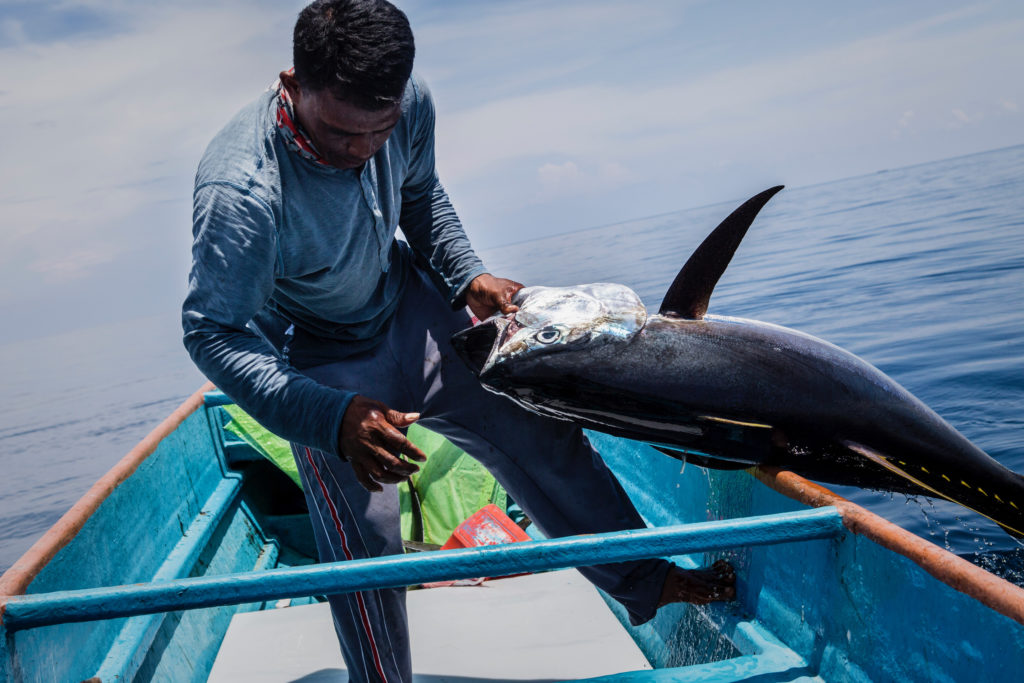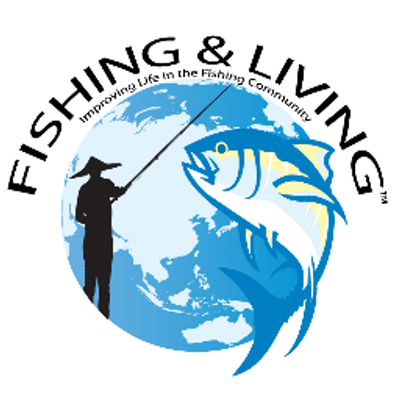Where does your tuna come from?
Buru island is one of the most remote locations in which F&L is active. From Ambon island it is a 6 hour ferry ride, with sites another 2-3 hours drive from the harbour. The north and south of the island are quite distinct; the south being more dry and arid while the north receiving more rain and therefore much greener. While fishing is one of the main livelihoods on the island, agricultural crops such as cassava, clove and banana are common additional livelihoods. The island is also very famous for producing high quality eucalyptus oil, known locally as minyak kayu putih. Villages on Buru are often located close to rivers, which is apparent in the village names; wae the local term for small river, seen in village names Waepure, Waelihang, Waeprea.
The F&L team have been working closely with the fishing communities across Buru island to help the fishermen meet the MSC criteria. This has resulted in the successful certification of MSC for 5 villages on the north coast in 2020, and 1 village on the south coast in 2021.
How was your tuna caught?
The handline Yellowfin tuna fishery here consists of small single-handed boats that go out to sea for 1 day at a time. Fishermen travel out to sea in groups and locate tuna schools using natural cues such as dolphins or birds, as tuna naturally associate with these. Fishermen then use highly selective handline gear: one line, one hook, one tuna. The average daily catch usually consists of 1 to 3 fish.

A fisherman pulls Tuna fish caught by hand-line in the Buru Sea, Maluku Province. People in Buru Island have used this traditional fishing method since the 16th century. Photo credit: Oscar Siagian/Greenpeace
